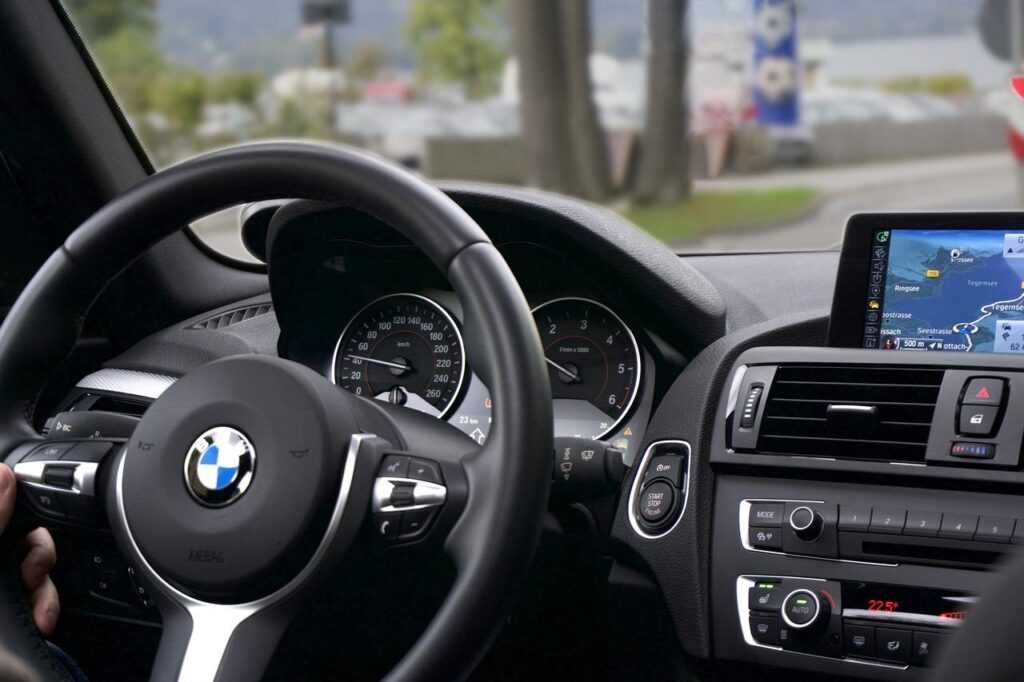There are several checks that you can do at home to take care of your car. Ideally, you should perform these checks at least every six months, if not more often than that. Taking care of your car means that you will be able to make your car last a lifetime.
These are simple checks that you can do to make sure that your car is in good running condition.
Assess Tires and Brakes
As the starting point of car maintenance, you will be looking at the tires, brakes, and suspension of your car. When looking at the tires, there are three things that you will be assessing:
- Tread depth
- Tire pressure
- Wear and tear of tires
Tread Depth
Starting with the tread depth of all tires, you will be assessing the wear bar indicators. You will notice these within the grooves. These indicators tell you certain things. If you move your fingers across from one tread block over to the next – and it runs perfectly smooth across instead of falling into the groove and then back up – it means that you need to replace your tires.
Tire Pressure
When it comes to tire pressure, you must make sure that the tires are properly inflated. You can find valuable information on the inside of your car door or within your owner’s manual, and you want to make sure that this tire pressure doesn’t get too low. Low tire pressure can cause uneven wear, increase your chances of hydroplaning, and worsen fuel economy.
Wear and Tear
Referring to tread wear, look at the tires, and if you notice that the center of the tires is wearing down more than the outer side of the tire, then it indicates a high tire pressure. If the outsides of the tire are worn down but the center isn’t as much, then your tire pressure is likely too low.
Nonetheless, taking care of the tires is a sure way to keep your car safe and reliable.
Assess the Brake Pads
Next up on the list of regular checks is brake pads. When looking at the brake pads, if your car is relatively new, you can expect the brake pad material to be around twelve millimeters thick. On that note, you can consider replacing this material once it starts to get down to about three millimeters. If the pad material is worn out to the point of you having only one or two millimeters left, you want to replace those brake pads.
Speaking of replacing the components of your car, you might want to check out Ovoko and find the original spare parts that you require. We recommend only genuine spare parts as these can help you maintain your car’s warranty.
Nonetheless, once the metal pad gets worn out to the bare minimum, you will start to hear screeching sounds from your brakes, which will let you know that it is time to replace the brakes.
Assess the Shock Absorber
After you have assessed the brake pads, you must assess the shock absorber. While you are at it, make sure that there are no fluids leaking out of the damper. Also, assess the shock absorber for any visible damage on the springs or the shock. Make sure everything looks like it is in good working condition. It is important to mention here that you don’t necessarily have to remove the wheels of your car. All you need to do is simply rotate the steering wheel of your car all the way to one side.
Now, looking from that angle, you should rotate the steering wheel all the way to the other side. Afterward, looking from the other angle, you must assess the shock absorber for any visual damage.



